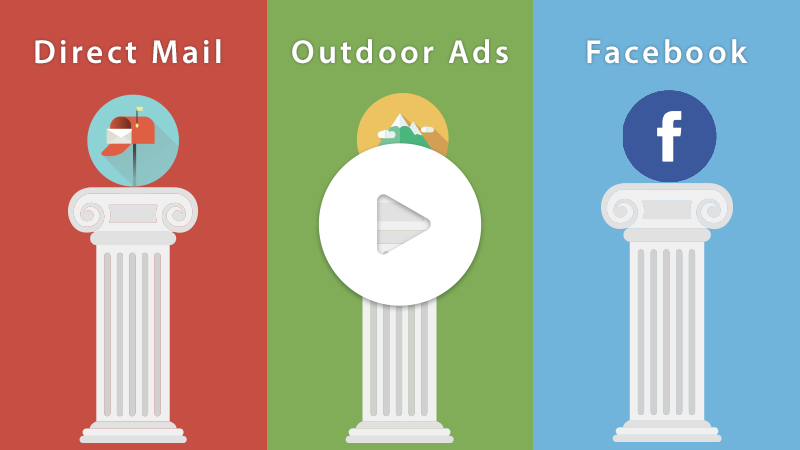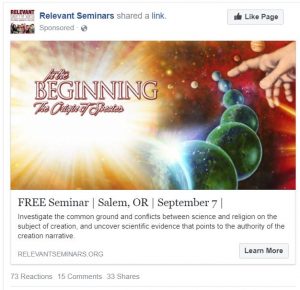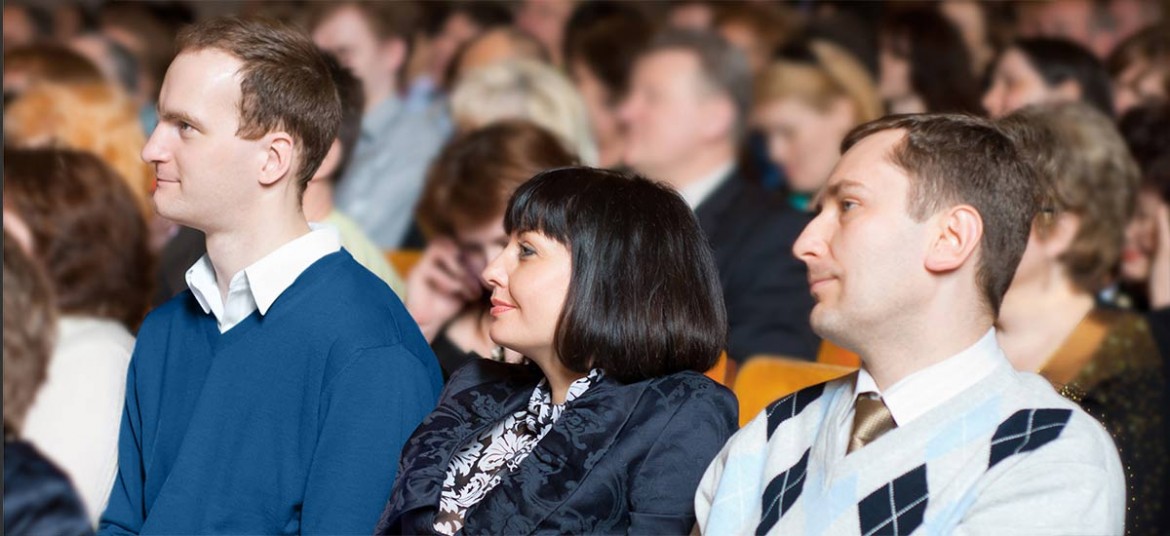Evangelism Marketing that Works
The rumor is that evangelism doesn’t work. People have told us that direct mail doesn’t work, that advertising just doesn’t work anymore.
But our experience has been different. We have seen evangelism marketing be effective at bringing people through the doors of churches. Here at SermonView Evangelism Marketing, we have found that when pastors bring us their evangelism marketing, they routinely get double, triple and even quadruple their previous response. There are a lot of reasons for this, but fundamentally it’s about building on the three pillars of an effective evangelism marketing campaign.
Before we get to those, however, I must point out that the most effective marketing method is the personal invitation. So you need to inspire your members and equip them to invite their neighbors, friends and family to your event. Give them invitation cards that they can use. Indoor banners in the lobby and sanctuary are also inexpensive tools that can build excitement for the event.
The 3 Pillars
Surrounding the personal invitation, though, are the three pillars of an effective evangelism marketing campaign:
Direct mail. The first pillar is direct mail. This is the only way that you can guarantee that someone in every home of your community has an opportunity to respond to your invitation. TV can’t do that. Radio can’t do that. Newspaper ads can’t do that. That’s why direct mail is still the anchor of an effective campaign.
Outdoor advertising. The second pillar is outdoor advertising. Banners outside the church, and road signs placed at strategic intersections of your community, help the visual brand become more recognizable. Developing brand awareness three weeks before the event creates an environment where your mailing becomes even more effective, because recipients recognize the mail piece from the outdoor advertising.
Social media advertising. The third pillar is social media advertising. Two thirds of Americans are active on Facebook, with the average time spent on Facebook approaching an hour a day. The Facebook advertising platform also reaches Instagram and WhatsApp users, so we have found it to be the most effective for evangelism event marketing. By testing your ads, working to improve the Relevance Score, and sending users to targeted landing pages, you can see great response from a reasonable budget.
Multi-touch Effectiveness
Each pillar is effective at its job, but only when you combine all three advertising methods do we get the magnified effective of multi-touch marketing. In fact, our data shows that campaigns that use all three pillars consistently outperform those that use just one or two.
By using a cohesive campaign that takes advantage of direct mail, outdoor signs, and Facebook advertising, while at the same time inspiring and equipping your members for personal invitation, you’ll see better results. Contact us today if you would like us to help your next evangelism marketing campaign get a higher response rate, at a lower cost per guest, resulting in more people at your next outreach event.














